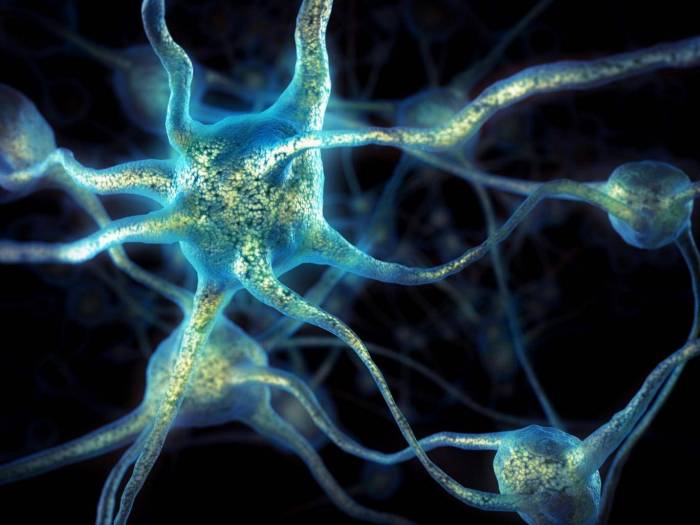But researchers have just made a breakthrough that might one day make these technologies obsolete, by transforming human stem cells into functional insulin-producing cells (also known as beta cells) – at least in mice.
"We can now generate insulin-producing cells that look and act a lot like the pancreatic beta cells you and I have in our bodies," explains one of the team, microphysiologist Matthias Hebrok from the University of California San Francisco (UCSF).
"This is a critical step towards our goal of creating cells that could be transplanted into patients with diabetes."
Type 1 diabetes is characterised by a loss of insulin due to the immune system destroying cells in the pancreas - hence, type 1 diabetics need to introduce their own insulin manually. Although this is a pretty good system, it's not perfect.
People with the condition can live mostly normal lives, but they do have an increased risk of problems such as kidney failure, heart disease, and stroke.
There are other methods of managing type 1 diabetes, such as introducing new beta cells or swapping out the damaged pancreas for a new one, but both of these options have limited availability, as the new cells or organs need to be taken from organ donors.
To get around the donor problem, researchers including the team at UCSF has been working on nudging stem cells into becoming fully functional pancreatic beta cells for the last few years, but there have been some issues in getting them all the way there.
"The cells we and others were producing were getting stuck at an immature stage where they weren't able to respond adequately to blood glucose and secrete insulin properly," Hebrok said.
"It has been a major bottleneck for the field."
But when the team looked at the way these cells develop in the pancreas, they struck gold. Here, the cells separate from the rest of the pancreas and arrange themselves into protrusions called pancreatic islets.
The team investigated this process in a petri dish, artificially separating the pancreatic stem cells to reorganise them into the islet-like clusters they naturally form in the body. This arrangement allowed the pancreatic stem cells to mature and function much like regular insulin-producing cells do.
And even better, when these islets were transplanted into healthy mice, they found that the cells produced insulin in response to blood sugar levels in a matter of days.
Of course, as with any mouse study, we can't get too excited just yet - there's still quite a bit of work to be done before this becomes a helpful treatment for humans. For one, if you were to introduce new pancreatic stem cells into a type 1 diabetic, it's likely that the immune system would still destroy them.
This means that anyone undergoing this treatment would have to be on immune suppressors for the rest of their life, an issue that also comes with organ and cell donations.
But this latest step is still a huge step forward, and the team is now working on solving these other problems. For example, they are investigating whether CRISPR can be used to change the stem cells enough that they could fly under the radar of the overactive immune system.
"We're finally able to move forward on a number of different fronts that were previously closed to us," Hebrok added. "The possibilities seem endless."
More about: #cell
















































